Ficus losing new leaves (Al any other ideas?)
Dave
8 years ago
last modified: 8 years ago
Featured Answer
Sort by:Oldest
Comments (57)
Related Discussions
Ficus benjamina (& most other commonly grown tropical Ficus)
Comments (64)@JMJ 4Life Really sorry to learn about your tree. I assume some part of the root mass is fused, so the soil/root mass remains intact like so: If the answer is yes, unpot the plant and set the root/soil mass on a stack of newspapers, rags, old towels, dry sponges - something that will PULL excess water from the soil. Allow it to rest on the wicking material for an hour or two before returning it to the pot it fits. Use a wooden "tell" to "tell" you when it's time to water, because with no water loss from foliage, the plant will require very little water. Using a 'tell' Over-watering saps vitality and is one of the most common plant assassins, so learning to avoid it is worth the small effort. Plants make and store their own energy source – photosynthate - (sugar/glucose). Functioning roots need energy to drive their metabolic processes, and in order to get it, they use oxygen to burn (oxidize) their food. From this, we can see that terrestrial plants need plenty of air (oxygen) in the soil to drive root function. Many off-the-shelf soils hold too much water and not enough air to support the kind of root health most growers would like to see; and, a healthy root system is a prerequisite to a healthy plant. Watering in small sips in order to avoid over-watering leads to a residual build-up of dissolved solids (salts) in the soil from tapwater and fertilizer solutions - which limits a plant's ability to absorb water – so watering in sips simply moves us to the other horn of a dilemma and creates another problem that requires resolution. Better, would be to simply adopt a soil that drains well enough to allow watering to beyond the saturation point, so we're flushing the soil of accumulating dissolved solids whenever we water; this, w/o the plant being forced to pay a tax in the form of reduced vitality, due to prolong periods of soil saturation. Sometimes, though, that's not a course we can immediately steer, which makes controlling how often we water a very important factor. In many cases, we can judge whether or not a planting needs watering by hefting the pot. This is especially true if the pot is made from light material, like plastic, but doesn't work (as) well when the pot is made from heavier material, like clay, or when the size/weight of the pot precludes grabbing it with one hand to judge its weight and gauge the need for water. Fingers stuck an inch or two into the soil work ok for shallow pots, but not for deep pots. Deep pots might have 3 or more inches of soil that feels totally dry, while the lower several inches of the soil is 100% saturated. Obviously, the lack of oxygen in the root zone situation can wreak havoc with root health and cause the loss of a very notable measure of your plant's potential. Inexpensive watering meters don't even measure moisture levels, they measure electrical conductivity. Clean the tip and insert it into a cup of distilled water and witness the fact it reads 'DRY'. One of the most reliable methods of checking a planting's need for water is using a 'tell' (more reliable than a 'moisture meter'. You can use a bamboo skewer in a pinch, but a wooden dowel rod of about 5/16” (75-85mm) works better. They usually come 48” (120cm) long and can usually be cut in half or in several pieces, depending on how deep your pots are. Sharpen both ends of each tell in a pencil sharpener and slightly blunt the tip so it's about the diameter of the head on a straight pin. Push the wooden tell deep into the soil. Don't worry, it won't harm the root system. If the plant is quite root-bound, you might need to try several places until you find one where you can push it all the way to the pot's bottom. Leave it a few seconds, then withdraw it and inspect the tip for moisture. For most plantings, withhold water until the tell's tip comes out nearly dry. If you see signs of wilting, adjust the interval between waterings so drought stress isn't a recurring issue. Al...See MoreFicus Benjamina Variagata Losing Leaves!
Comments (1)Hi Mike. If it were mine I would flush it out in its current container and then repot the next day. Prune the roots and remove all the old potting mix you can. Prune the top for shape and to reduce the total number of leaves. I am not sure what the leaf spotting is caused by, we actually talk about the edible fig in this forum and it is very different from other types of fig....See MoreFicus Alii new leaves full sun question
Comments (18)Please don't change what I said so you can disagree. I said July/Aug when stored energy levels are highest & the plant's growth is most robust. Common sense also tell you that using perlite or the gritty mix to start cuttings doesn't mean the cuttings will suffer from a lack of moisture; and it tells you that the same issues with soggy soil that prevail in containers with established plants will also be prevalent in containers of cuttings. In fact, unless the grower carefully mists rather than waters, it's worse. A soil that supports 4-6" of perched water would be 100% saturated if you watered (instead of controlled misting) were starting your cuttings in a plastic cup, yogurt container, ....... Al...See MoreAl: ficus growing tiny leaves question for you
Comments (3)Hard to say, but I wish you'd have left the other half of the bifurcations you cut off and only pruned back to the first or second leaf distal to the crotch on the side you removed. Prune in June. When pruning in the fall you can usually count on weak growth all through the winter - growth you probably should be removing in June to keep the plant nice & compact. It'll straighten up when you move it outdoors. Al...See MoreDave
8 years agoDave
8 years agolast modified: 8 years agoDave
8 years agoDave
8 years agoDave
8 years agoDave
8 years agotapla (mid-Michigan, USDA z5b-6a)
8 years agotapla (mid-Michigan, USDA z5b-6a)
8 years agolast modified: 8 years agoDave thanked tapla (mid-Michigan, USDA z5b-6a)Dave
8 years agoDave
8 years agolast modified: 8 years agoDave
8 years agoDave
8 years agoDave
8 years agolast modified: 8 years agoDave
8 years agoDave
8 years agojane__ny
8 years agojane__ny
8 years agoDave
8 years agolast modified: 8 years agorooftopbklyn (zone 7a)
8 years agotapla (mid-Michigan, USDA z5b-6a)
8 years agolast modified: 8 years agojane__ny
8 years agotapla (mid-Michigan, USDA z5b-6a)
8 years agolast modified: 8 years agorina_Ontario,Canada 5a
8 years agojane__ny
8 years agojane__ny
8 years agotapla (mid-Michigan, USDA z5b-6a)
8 years agolast modified: 8 years agoDave
8 years agotapla (mid-Michigan, USDA z5b-6a)
8 years agolast modified: 8 years agoDave thanked tapla (mid-Michigan, USDA z5b-6a)Dave
8 years agolast modified: 8 years agoDave
8 years agolast modified: 8 years agoDave
8 years agorooftopbklyn (zone 7a)
8 years agoDave
8 years agoPat Z5or6 SEMich
7 years agoDave
7 years agolast modified: 7 years agoDave
7 years agolast modified: 7 years agolitterbuggy (z7b, Utah)
7 years ago
Related Stories

EARTH DAYThe Case for Losing the Traditional Lawn
Work less, help the environment and foster connections by just saying no to typical turf
Full Story
BATHROOM DESIGNThe Glass Bathroom Wall: Love It or Lose It?
There's no question that a glass wall makes a bathroom feel more open. Are they private enough for you?
Full Story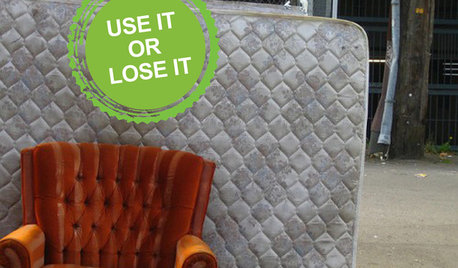
DECORATING GUIDESLose It: How to Get Rid of a Mattress
Updating your bedroom? Here's how to donate, reuse or recycle that mattress — and keep it out of the landfill
Full Story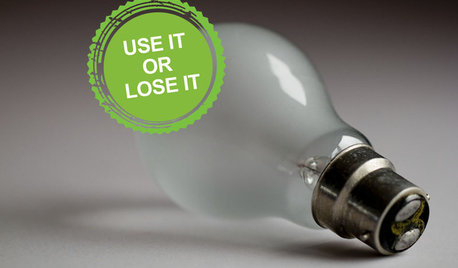
DECORATING GUIDESLose It: How to Get Rid of Old Light Bulbs
When the light goes out, you'll want to get rid of the bulb safely. Here's how
Full Story
MOST POPULAR7 Ways to Design Your Kitchen to Help You Lose Weight
In his new book, Slim by Design, eating-behavior expert Brian Wansink shows us how to get our kitchens working better
Full Story
KITCHEN DESIGNHow to Lose Some of Your Upper Kitchen Cabinets
Lovely views, display-worthy objects and dramatic backsplashes are just some of the reasons to consider getting out the sledgehammer
Full Story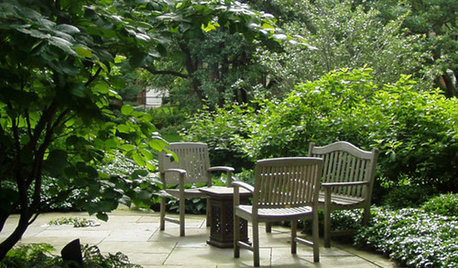
GARDENING AND LANDSCAPINGYour Yard: Are You Ready to Lose the Lawn?
Save time and water with good-looking alternatives to turf grass
Full Story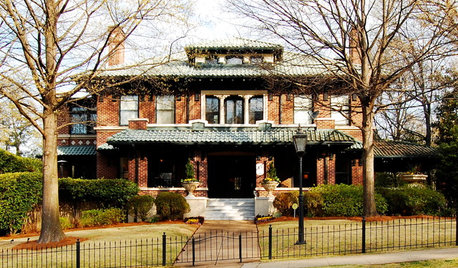
ARCHITECTUREStates of Style: Alabama’s Icons Leave Their Mark
In the first of a new series, discover the natural beauty, the architectural icons and some of our favorite homes deep in the heart of Dixie
Full Story
LANDSCAPE DESIGNHow to Look Good From Any Angle (the Garden Edition)
Does your garden pique interest from one vista but fall flat from another? These tips and case-study landscapes can help
Full Story
BEDROOMSHow to Choose the Perfect Bedsheets
Don't lose any shut-eye over scratchy or ill-fitting sheets; our mini guide to materials, thread count and fit will help you sleep tight
Full Story


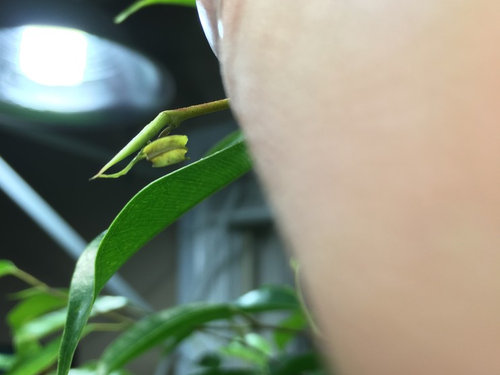

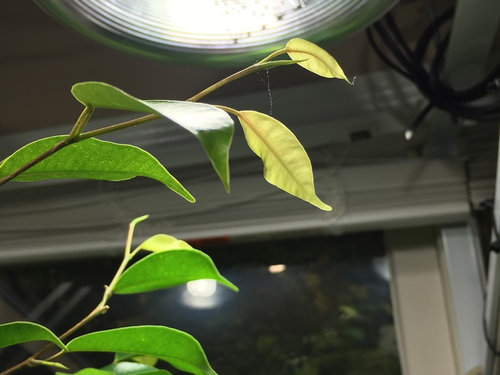

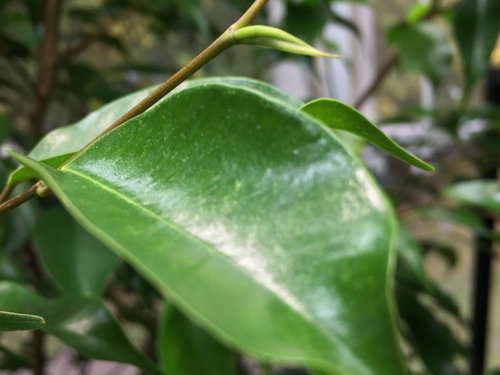
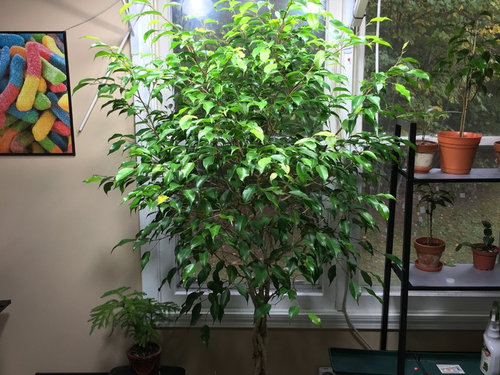
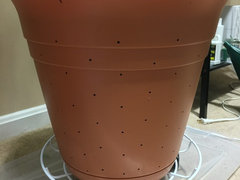
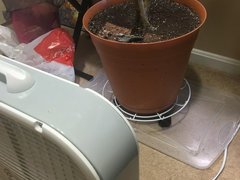




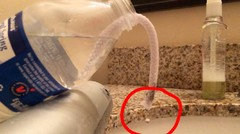
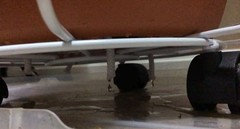


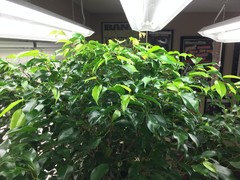
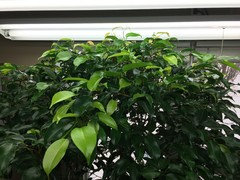
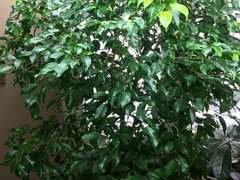
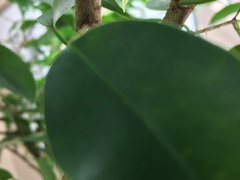

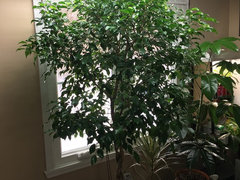

gardengal48 (PNW Z8/9)